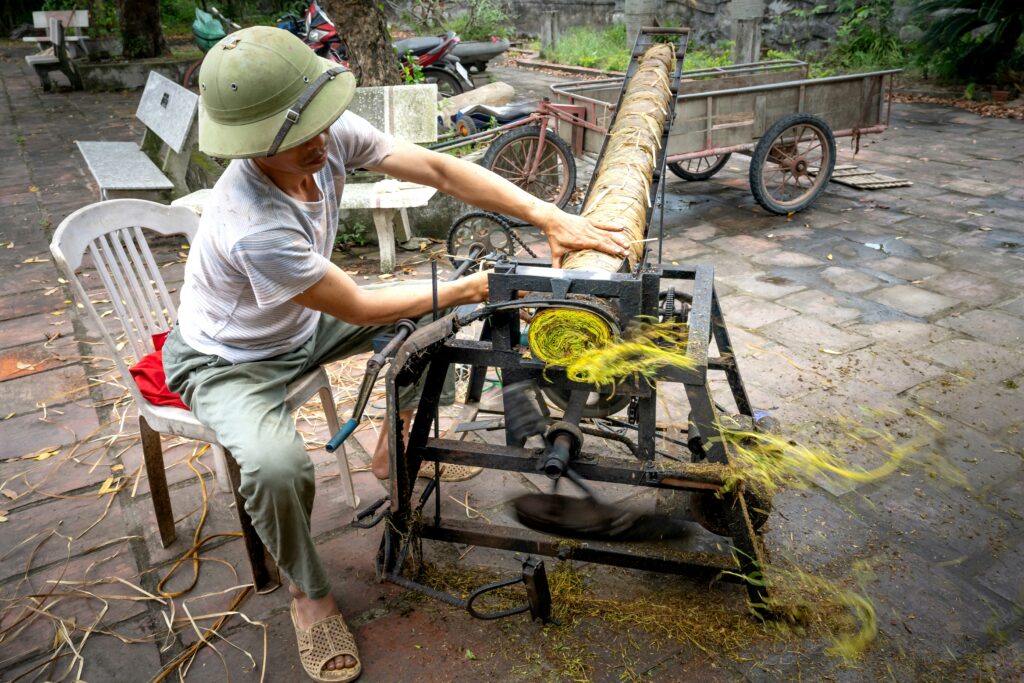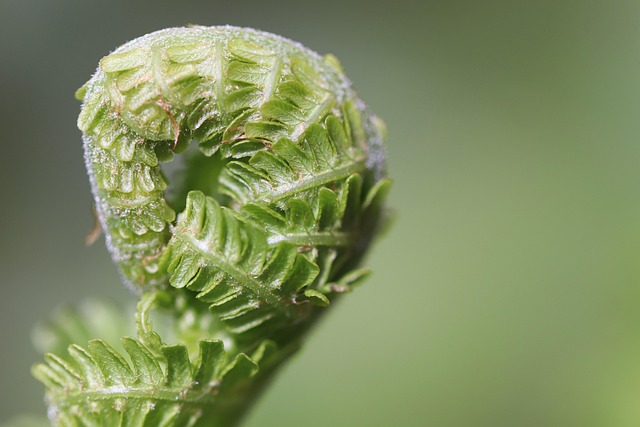What Is Mulch and Why Does It Matter?
Mulch is any material spread over the soil surface to cover and protect it. While it might seem simple, mulch plays a crucial role in maintaining healthy, productive gardens. It’s a favorite tool among gardeners for good reason.
Why Gardeners Rely on Mulch
Gardeners turn to mulch to create better growing conditions and reduce time spent on maintenance tasks. It acts as a natural barrier between the soil and the elements.
Core Benefits of Using Mulch
Mulch offers several important advantages:
- Moisture Retention: Mulch slows down evaporation, helping the soil stay hydrated longer and reducing how often you need to water.
- Weed Control: A thick layer of mulch blocks sunlight, which helps suppress weed growth and limits competition for nutrients.
- Improved Soil Health: Organic mulches break down over time, adding nutrients and encouraging beneficial microbial activity in the soil.
Not All Mulch Is Created Equal
While mulch has wide-reaching benefits, not every type is suitable for every situation.
- Some mulches are better for vegetable gardens, while others are ideal for ornamental beds.
- Inorganic mulches like rubber or plastic may offer long-lasting weed control but do not enrich the soil.
- Choosing the right mulch depends on your specific goals, climate, and soil type.
Always match the mulch type to your garden’s needs for the best results.
Wood Chips & Bark
Best for: Decorative beds, shrubs, and trees
Wood chips and bark mulch are excellent options for areas where visual appeal and long-lasting coverage are priorities.
Pros:
- Long-lasting ground cover
- Natural, polished appearance enhances landscaping
- Helps regulate soil temperature and retain moisture
Cons:
- Decomposes slowly
- Can tie up nitrogen in the soil, which affects plant health
Straw & Hay
Best for: Vegetable gardens
Straw and hay are popular mulching materials for their light texture and ease of application in food-growing areas.
Pros:
- Lightweight and easy to spread
- Improves soil structure as it breaks down
- Reduces evaporation and suppresses weeds
Cons:
- Can harbor weed seeds if not properly sourced
- May require occasional replenishing
Grass Clippings & Leaves
Best for: Eco-conscious gardeners on a budget
Grass clippings and fall leaves offer a sustainable and cost-effective way to mulch garden beds.
Pros:
- Freely available if you mow or collect leaves
- Excellent composting material
- Adds organic matter to the soil
Cons:
- Can form dense clumps that block airflow
- May require regular turning to prevent matting and odor
Bonus Tip:
Combine fresh grass clippings with shredded leaves to improve airflow and enhance decomposition.
Plastic Sheeting
Best For
- High-efficiency vegetable production where weed suppression and soil warming are priorities.
Pros
- Completely blocks weeds
- Retains soil heat, extending the growing season in cooler climates
Cons
- Not biodegradable, contributing to plastic waste
- Difficult for water to penetrate, often requiring drip irrigation underneath
Rubber Mulch
Best For
- Playgrounds
- Permanent pathways and decorative non-plant spaces
Pros
- Extremely durable and weather-resistant
- Heavy enough to stay in place without blowing away
Cons
- Does not break down to improve soil health
- Often considered unsuitable for organic gardening due to synthetic content
Gravel and Stone
Best For
- Drought-prone landscapes
- Areas where planting isn’t planned, such as driveways or walking paths
Pros
- Inert and permanent, requires little maintenance
- Excellent drainage, helps prevent root rot in dry gardens
Cons
- Can raise soil temperature excessively in hot climates
- Difficult to remove or relocate once installed
When choosing between organic and inorganic gardening approaches, it comes down to trade-offs.
For soil health, organic wins hands down. Over time, it feeds the soil, boosts microbial life, and helps plants build natural resistance. Compost, mulch, and natural fertilizers don’t just support plants—they improve the very ground they grow in. If you’re playing the long game, this is your move.
Inorganic methods—like synthetic fertilizers and weed barriers—score points for ease. Less weeding, faster growth, fewer headaches. It’s plug-and-play gardening. But there’s a caveat: overuse can degrade soil, making long-term sustainability tough.
Visually, it depends. Organic gardens tend to be softer, more natural. Inorganic designs favor control and clean lines. If your layout is modern or space is tight, inorganic elements might serve your aesthetic better.
Climate also shifts the choice. In wet or shaded regions, organic mulch breaks down fast and helps retain moisture. In hot, dry zones, inorganic options like gravel or rubber may perform better under stress.
Both approaches offer value. It’s not about picking a side—it’s about matching your garden goals to your reality.
(For a broader garden planning guide, check out Beginner’s Guide to Starting a Home Garden in Any Climate)
If you’re staring at a pile of mulch options, don’t overthink it. Start with your garden’s purpose. Are you looking to retain soil moisture? Suppress weeds? Define pathways? Different needs call for different mulch.
Organic mulches—like bark, straw, or shredded leaves—are great for garden beds. They break down and improve soil over time, especially in vegetable plots or flower beds. For walkways or high-traffic spots, it’s better to go low-maintenance. Gravel or decomposed granite holds up without turning mushy or inviting pests.
Don’t forget the basics. Use what’s easy to get and easy to manage. If your city offers free mulch? Use that. Buying bulk from a local supplier? Great. Nobody wins by dragging home fancy wood chips from three towns over.
Try mixing it up. An organic layer where your plants actually grow, then an inorganic one for paths or edges. Clean lines, healthy soil—it’s function over flair here.
The best mulch isn’t always the trendiest or the most expensive. It’s the one that fits your garden’s specific needs and how much time and energy you’re willing to give it. If you’re someone who forgets the watering can half the week, you want a mulch that locks in moisture. If weeds are your nemesis, go for something dense and suppressive. Pine needles, wood chips, straw, compost—they all work in the right context.
Consistency matters more than perfection. A thin scatter of mulch that dries out fast or blows away doesn’t do much. Applying the right amount, refreshing it when needed, and not letting it smother your plants is key. Mulch is a habit, not a hack.
Start by using what you have. Leaves in fall, grass clippings in summer, even shredded cardboard if you’re feeling scrappy. Then watch how your garden reacts. Healthier soil, fewer weeds, better retention? Great. If not, adjust. Mulching is part science, part slow experiment.


 Jarvison Nagyan is a leading tech analyst at drhextreriorly, known for breaking down complex technologies into clear, practical insights. His work focuses on emerging trends, digital innovation, and how new tools reshape everyday life. Jarvison’s ability to simplify advanced concepts makes him a trusted voice for readers looking to stay ahead in the fast-moving tech world.
Jarvison Nagyan is a leading tech analyst at drhextreriorly, known for breaking down complex technologies into clear, practical insights. His work focuses on emerging trends, digital innovation, and how new tools reshape everyday life. Jarvison’s ability to simplify advanced concepts makes him a trusted voice for readers looking to stay ahead in the fast-moving tech world.

